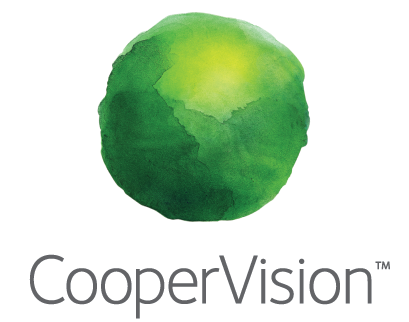
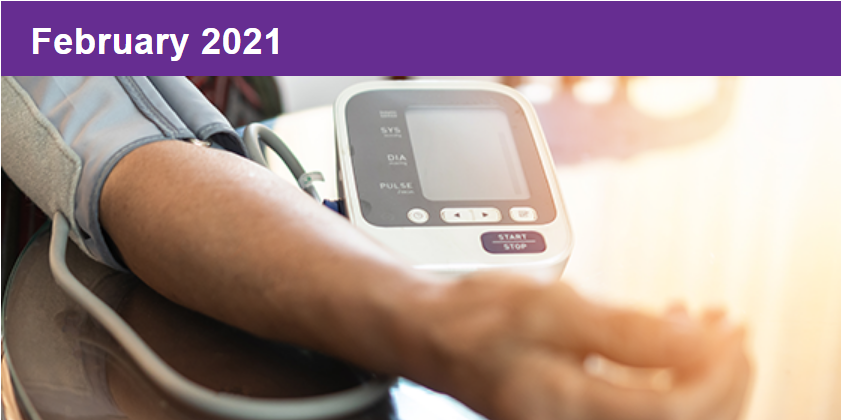
Covering All the Bases for a Complete Patient Experience |

By H. Kenneth Kopolow, OD, SNAPP Board Member
Seventy-five percent of respondents to last month’s SNAPP Insider monthly poll said they discuss the impact of hypertension on vision with their patients. Yet just 25 percent of participants reported they routinely check patient’s blood pressure during their visit. Is this a missed opportunity?
It’s a meaningful discussion to have, as elevated blood pressure can cause retinal changes known as hypertensive retinopathy. Findings in mild cases can include changes to the retinal blood vessels, as well as hemorrhages and microaneurysms. More severe cases can lead to optic disc and macular edema. Mild hypertensive retinopathy signs are common and seen in nearly 10 percent of the general adult non-diabetic population.1 While conversations with patients can be a piece of the puzzle, clinicians may also consider other methods to assess their patient’s overall health. Therefore, primary eye care providers have an important role to play in their patient’s preventative health care strategy.
Many optometrists have added blood pressure screenings to their preliminary testing protocol. It is important to invest in high-quality equipment and train technicians to properly take patients’ blood pressure. Providing staff with easy-to-read reference materials, such as the chart provided below, can make educating patients and staff on the importance of monitoring blood pressure easier. Needless-to-say, this protocol can create a more thorough patient experience, sparking patient questions and meaningful exam room discussions.
Next month, we’ll take a closer look at your experiences with the COVID-19 vaccination. Please take just a minute to weigh in on this month’s poll. We appreciate your input!
1. Bhargava M, Ikram MK, Wong TY. How does hypertension affect your eyes? J Hum Hypertens. 2012 Feb;26(2):71-83. doi: 10.1038/jhh.2011.37. Epub 2011 Apr 21. PMID: 21509040.
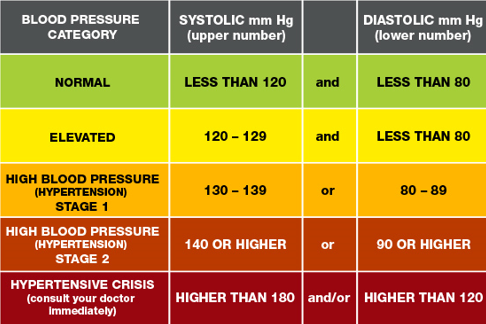
Chart source linked here.

Introducing… SNAPP’s Expert Panels! |
SNAPP members are looking for creative ways to be more relevant and profitable in the future. So the SNAPP board is responding with an exciting new program designed to leverage the group’s collective expertise and further maximize relationships with our vendor partners.
SNAPP members will always be at the forefront of retail eye care, but stiff competition and technology are shaking things up and opening A LOT of doors.
Focusing on solutions and results, SNAPP’S Expert Panels will help all affiliated professionals enhance patient experience through embracing innovative technology and concentrating on building a large, loyal patient base.
SNAPP’s inaugural Expert Panels will include macular disease management, myopia management, ocular surface disease, safety eyewear and topics in functional and binocular vision. Panel members will be exposed to cutting-edge technology and guidance on implementation. SNAPP has arranged for a limited number of members to participate in pilot programs so everyone can gain access to new equipment and the knowledge that comes from sharing experiences with the entire group.
Complete introductions to each Expert Panel will appear in upcoming issues of the SNAPP newsletter, so watch for details!
Apply here to become a panel member.
SNAPP’s Expert Panels will be featured during our upcoming LIVE national meeting planned in conjunction with our partners at Vision Expo West in September. The in-person national meeting’s theme is “New Beginnings.”
We hope to see everyone in September!

| In each issue, we’ll bring you a variety of updates from recent news events. |
|
||
|
||
|
||
|
||
|
||
|
||
|
||
|

Frustrated by contact lens prescription verification robocalls? If so, take action. In an email that Johnson & Johnson Vision sent to SNAPP members, it notes that the Federal Trade Commission’s Contact Lens Rule (CLR) updates added substantially more complexity and paperwork to the prescription release process for many eye care professionals. And, while the FTC finalized important actions to promote patient safety and accurate prescription dispensing, the Final Rule missed a critical opportunity to modernize the prescription verification process by eliminating robocalls.
JJV encouraged us to take the opportunity to advocate for the profession. The Contact Lens Rule Modernization Act would remove so-called “signed acknowledgment” requirements—replacing paperwork with posted signage—and eliminate robocalls as a permissible form of contact lens prescription verification, saving doctors’ offices from unnecessary paperwork and more robocalls that jeopardize your patient’s safety. Want to make your voice heard? Text “FTCNow” to 40649 or visit the Action Center that JJV created to reach out to your U.S. Senators to make your voice heard in support of the Contact Lens Rule Modernization Act.
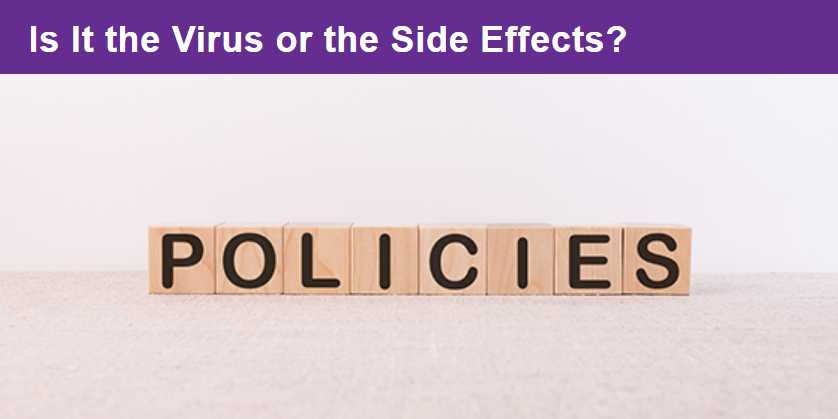
Managing Employees in the COVID Vaccination World |

By Joe Deloach, President, Practice Compliance Solutions
As many health care workers are getting vaccinated, it is important to understand how signs and symptoms related to the vaccination must be evaluated against the signs and symptoms of COVID infection itself. Avoid unnecessarily burdening your operations by having employees out of the office who simply are showing normal reactions to the vaccine. The Centers for Disease Control and Prevention (CDC) recently released guidance on this situation. The following is a summary of that guidance.
Important points:
• Most signs and symptoms from the vaccine occur during a three-day period starting with the day of the vaccination.
• Signs and symptoms are typically none to mild but can be more severe, especially after the second vaccination in individuals younger than 55 years old.
• Signs and symptoms related to the vaccination may include pain/tenderness at injection site, fever, chills, fatigue, headache and/or body/joint ache.
• Signs and symptoms NOT typically related to the vaccination include cough, shortness of breath, sore throat, rhinorrhea and/or loss of taste or smell.
• Any sign or symptom noted can be attributed to many infectious and non-infectious etiologies. Standard testing is still required to confirm the presence of CoV-2 infection in a post-vaccination employee who has signs or symptoms not typically association with the vaccination.
• The vaccination does NOT influence the results of the CoV-2 nucleic acid (NAAT) or antigen tests.
The following are steps you might consider to reduce the potential impact of post-vaccination signs and symptoms on practice operations.
• Consider asking employees, when possible, to schedule vaccination where they will be out of the office for the two days following.
• Consider allowing employees to take off for two days after vaccination. (In PCS opinion, it would be more product to manage the situation if it occurs as the percentage of individuals having any significant reaction to the vaccination is low.)
• Inform employees of the potential signs and symptoms and palliative relief available, such as NSAIDs, if side effects occur.
The following are the specific guidelines suggested by CDC for managing post-vaccination signs and symptoms. Note that these do NOT apply to individuals who have signs and/or symptoms with a related unprotected exposure to CoV-2 in the previous 14 days.
Employee has signs and/or symptoms UNLIKELY to be from COVID-19 vaccination (cough, shortness of breath, rhinorrhea, sore throat, loss of taste or smell)
• Exclude from work pending testing. Antigen testing is not recommended in this case—a negative antigen test should be confirmed by a NAAT test.
• Return to work according to previously established protocols.
Employee has ONLY signs and/or symptoms that may be attributable to COVID-19 vaccination or CoV-2 infection (pain/tenderness at injection site, fever, chills, fatigue, headache, body/joint ache)
• If employee does not have fever and feels well enough to return to work, they may even without testing.
• If employee has fever but it is attributable to another etiology, they may return to work but testing should be considered.
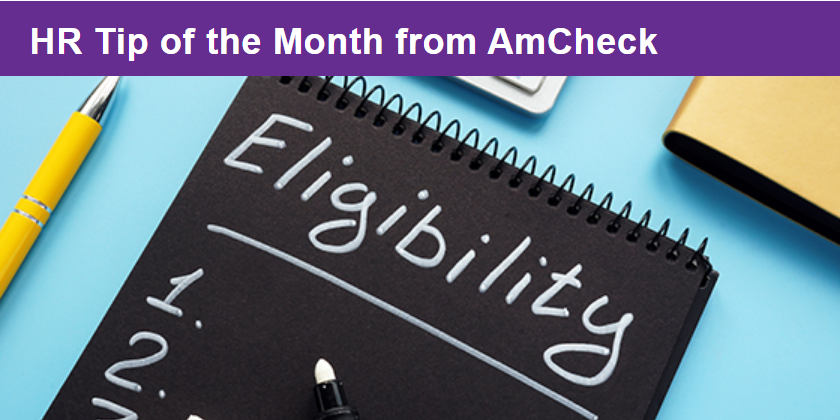
Employee Retention Credits Eligibility |

By Deen Gumerson, managing partner and founder, AmCheck |
|





